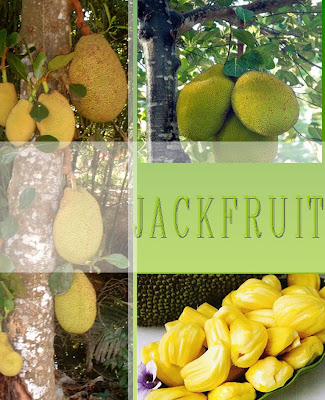
Boroi or Jujube is a small testy fruit. It is cultivated hugely in Bangladesh. The season of the fruit is from November to February.








 The fragrantly sweet juiciness and deep red color of strawberries can brighten up both the taste and aesthetics of any meal; it is no wonder they are the most popular berry fruit in the world. Although strawberries have become increasingly available year-round, they are at the peak of their season from April through July when they are the most delicious and most abundant. Strawberries not only look like a fruity heart-shaped valentine, they are filled with unusual phytonutrients that love to promote your health.
The fragrantly sweet juiciness and deep red color of strawberries can brighten up both the taste and aesthetics of any meal; it is no wonder they are the most popular berry fruit in the world. Although strawberries have become increasingly available year-round, they are at the peak of their season from April through July when they are the most delicious and most abundant. Strawberries not only look like a fruity heart-shaped valentine, they are filled with unusual phytonutrients that love to promote your health.







 The fruit is covered by a leathery rind or pedicarp which is pink to strawberry-red in color and rough in texture. A greenish-yellow variety is not grown in California at present. Fruit shape is oval, heart-shaped or nearly round, 1 to 1-1/2 inches in length. The edible portion or aril is white, translucent, firm and juicy. The flavor is sweet, fragrant and delicious. Inside the aril is a seed that varies considerably in size.Lychee fruit usually start flowering and fruit early rainy season between September to October. And when the fruit is ready for harvest, characteristics fruit color has changedfrom green to be reddish and fragrant of the typical.
The fruit is covered by a leathery rind or pedicarp which is pink to strawberry-red in color and rough in texture. A greenish-yellow variety is not grown in California at present. Fruit shape is oval, heart-shaped or nearly round, 1 to 1-1/2 inches in length. The edible portion or aril is white, translucent, firm and juicy. The flavor is sweet, fragrant and delicious. Inside the aril is a seed that varies considerably in size.Lychee fruit usually start flowering and fruit early rainy season between September to October. And when the fruit is ready for harvest, characteristics fruit color has changedfrom green to be reddish and fragrant of the typical.




Copyright 2010
Fruits of Bangladesh. Powered by Blogger
Blogger Templates created by Deluxe Templates
Wordpress by The Bookish